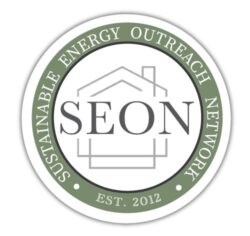Here is a list of 20 of the worst materials and tactics some builders use to cut costs for homeowners when building or retrofitting their homes, that end up costing a lot more money and health issues down the line.
- Low-grade insulation materials that fail to properly insulate the home, leading to higher energy bills and uncomfortable indoor temperatures.
- Poorly installed insulation, which can cause air leaks and lead to moisture buildup and mold growth.
- Substandard windows and doors that allow drafts and air leaks, leading to higher energy bills.
- Poorly designed HVAC systems that are not properly sized or balanced, resulting in inefficient heating and cooling.
- Cheap, low-quality roofing materials that fail to protect the home from moisture and weather damage.
- Inadequate waterproofing or foundation drainage systems that can cause moisture buildup and foundation damage over time.
- Lack of proper ventilation, which can lead to moisture buildup, mold growth, and poor indoor air quality.
- Substandard electrical wiring or improperly installed electrical systems that can pose a fire hazard.
- Cheap, low-quality plumbing fixtures and materials that are prone to leaks and failures.
- Improperly installed or poorly sealed ductwork, which can lead to energy loss and poor indoor air quality.
- Inadequate or poorly installed air filtration systems, which can lead to poor indoor air quality and health problems.
- Use of outdated or substandard building materials, which can fail to meet modern building codes and safety standards.
- Failure to properly address site-specific issues, such as slope, drainage, or soil conditions, which can lead to long-term structural problems.
- Lack of proper fire protection systems, such as fire-rated walls or sprinkler systems, which can pose a safety hazard.
- Use of substandard framing materials or techniques that can lead to structural problems over time.
- Cutting corners on labor costs, which can result in shoddy workmanship and long-term maintenance problems.
- Use of materials or methods that are not suited to the local climate, which can lead to increased energy costs and reduced indoor comfort.
- Failure to properly maintain and service equipment and systems, leading to premature failure and higher long-term costs.
- Use of harmful or toxic building materials, such as lead paint or asbestos, which can pose serious health risks to occupants.
- Ignoring building codes and safety standards in order to save time and money, which can lead to serious legal and financial consequences down the line.
